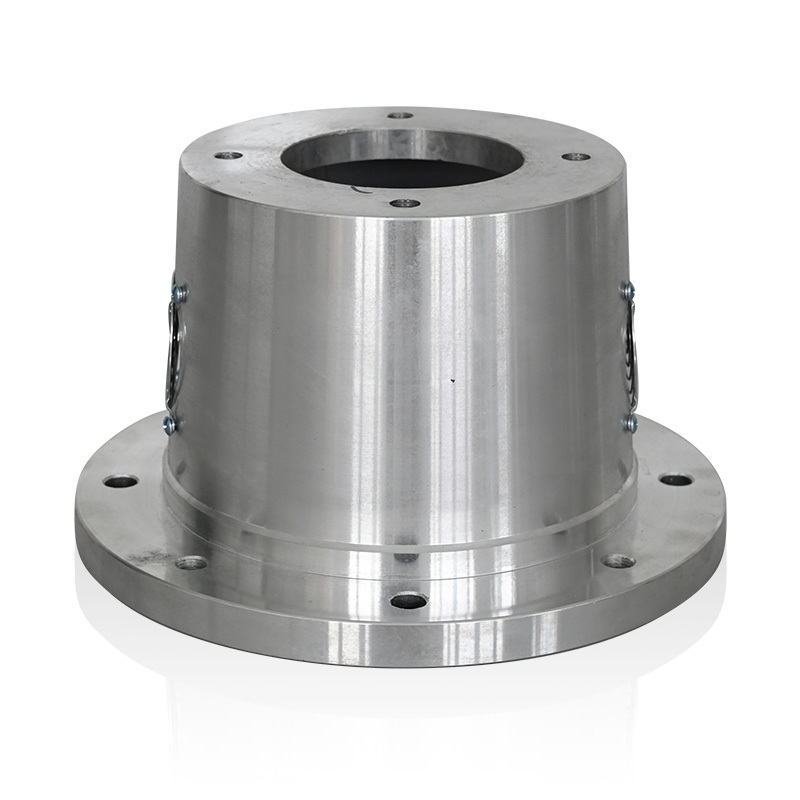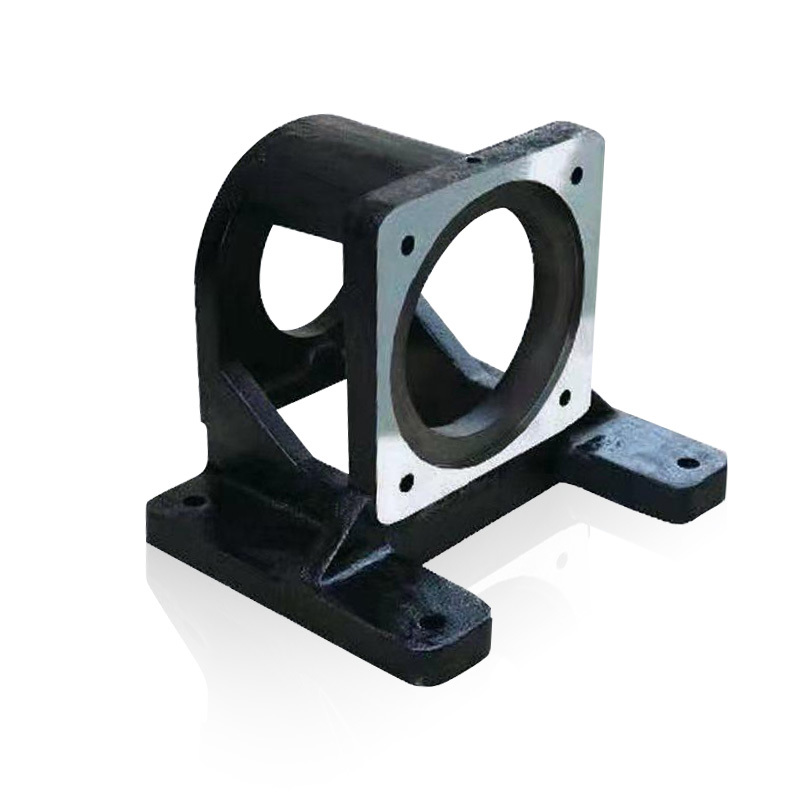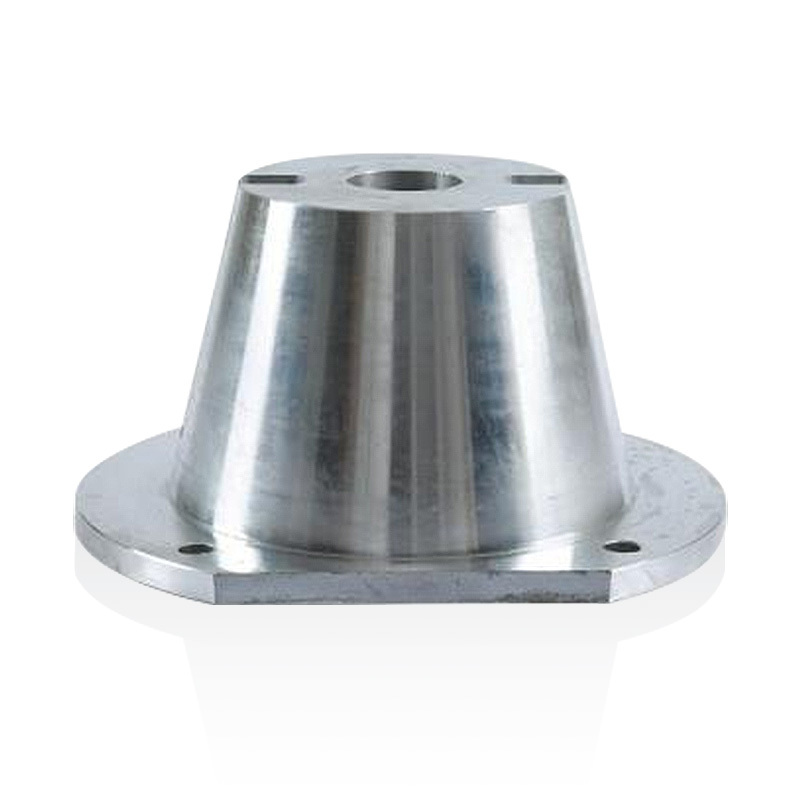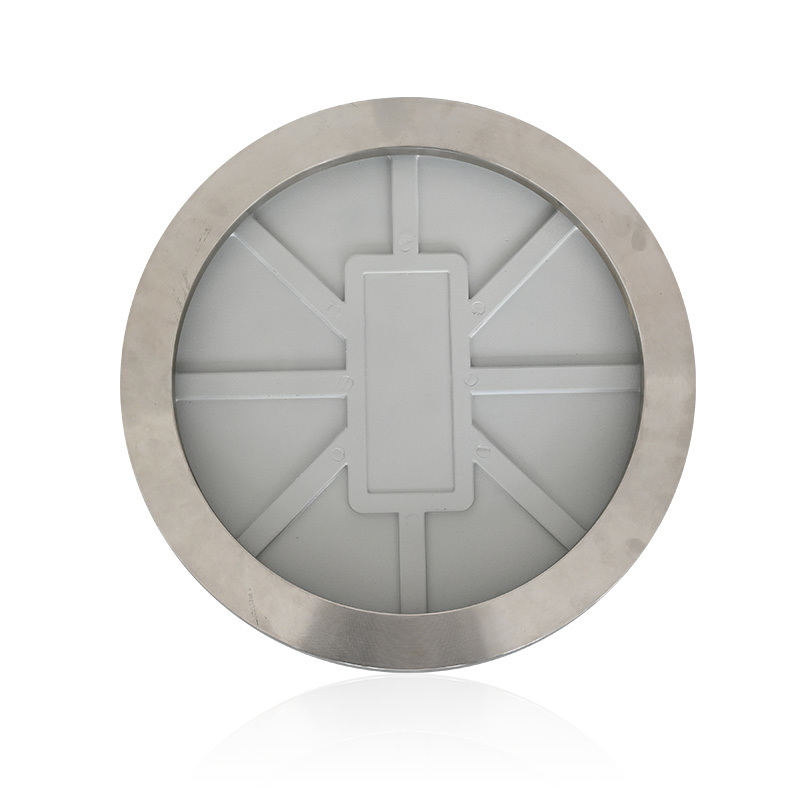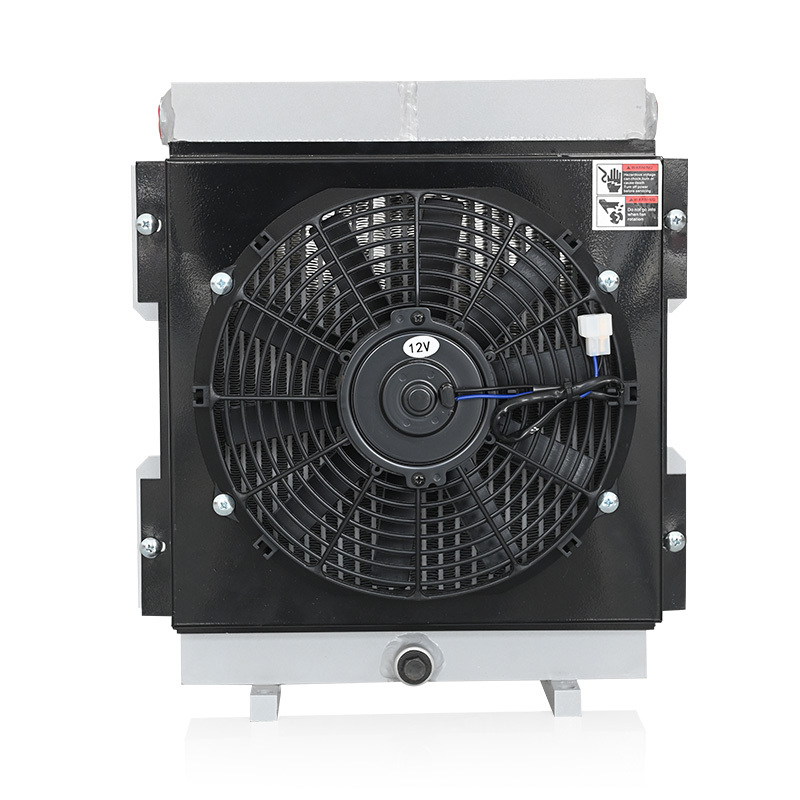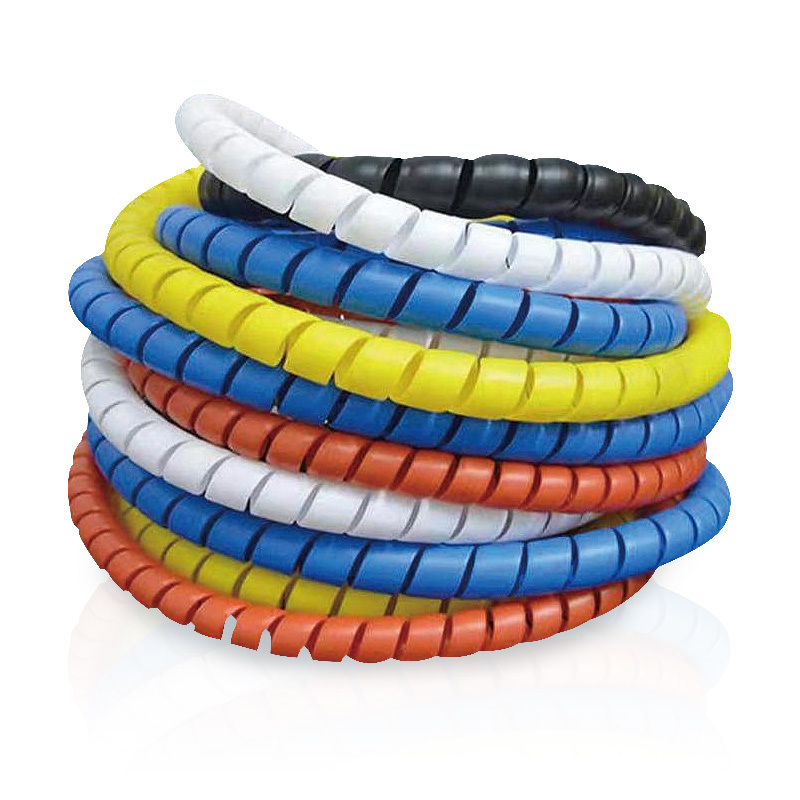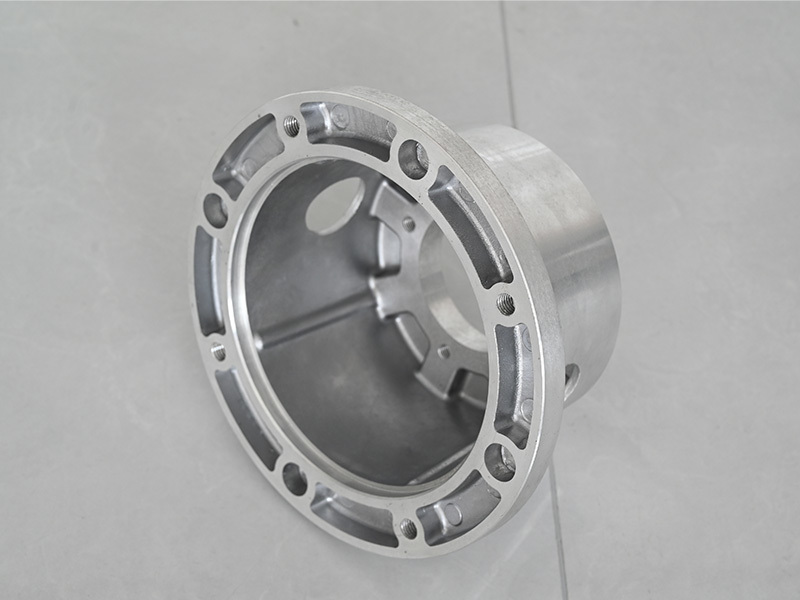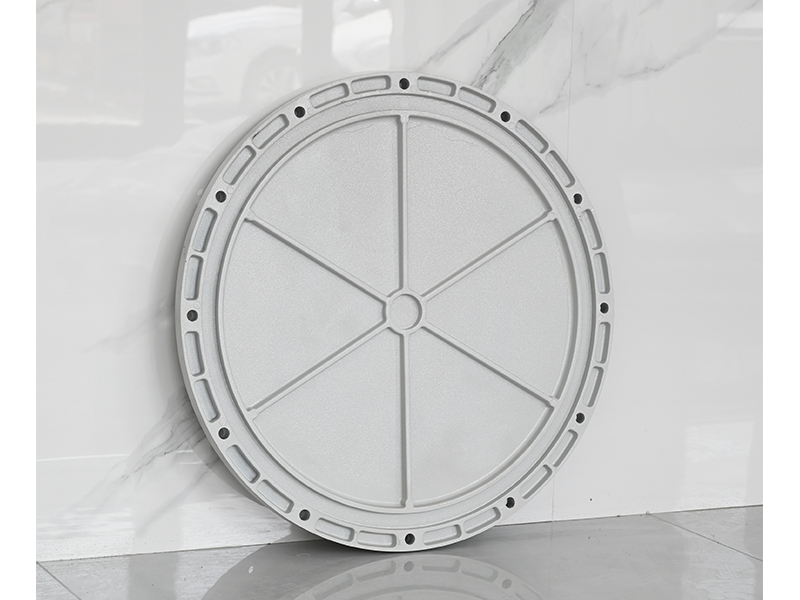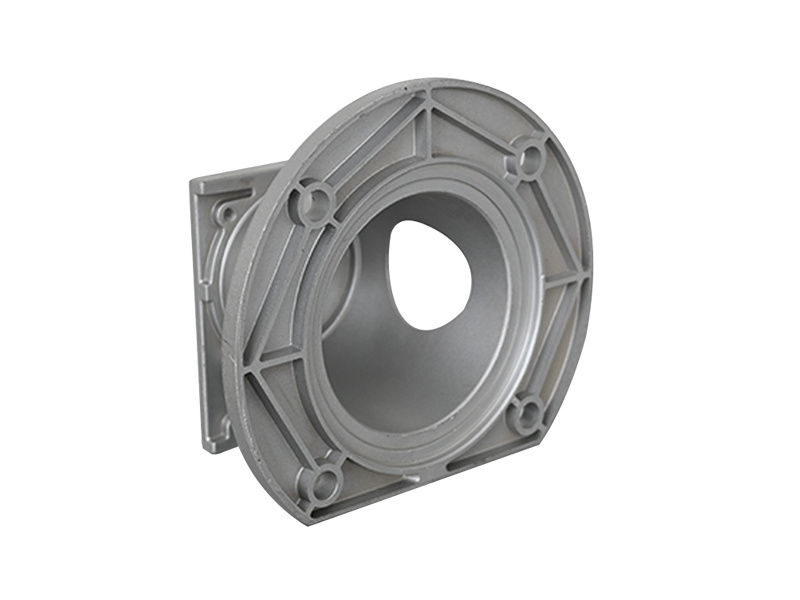The Unsung Hero of Oil Tanks: Manhole Covers for Seamless Maintenance
Release Time:
Jul 28,2025
The Unsung Hero of Oil Tanks: Manhole Covers for Seamless Maintenance Table of Contents 1. Introduction to Manhole Covers in Oil Tanks 2. Importance of Manhole Covers in Oil Tank Maintenance 2.1 Ensuring Safety in Oil Tank Operations 2.2 Facilitating Easy Access for Inspections and Repairs 3. Types of Manhole Covers Used in Oil Tanks 3.1 Standard Manhole Covers 3.2 Bolt-Down Manhol
The Unsung Hero of Oil Tanks: Manhole Covers for Seamless Maintenance
Table of Contents
1. Introduction to Manhole Covers in Oil Tanks
2. Importance of Manhole Covers in Oil Tank Maintenance
2.1 Ensuring Safety in Oil Tank Operations
2.2 Facilitating Easy Access for Inspections and Repairs
3. Types of Manhole Covers Used in Oil Tanks
3.1 Standard Manhole Covers
3.2 Bolt-Down Manhole Covers
3.3 Hinged Manhole Covers
4. Materials Used in Manufacturing Manhole Covers
4.1 Cast Iron Manhole Covers
4.2 Composite Manhole Covers
4.3 Steel Manhole Covers
5. Installation of Manhole Covers: A Step-by-Step Guide
5.1 Preparing the Site for Installation
5.2 Installing the Manhole Cover Securely
6. Maintenance Tips for Manhole Covers
6.1 Regular Inspections
6.2 Cleaning and Repairs
7. The Future of Manhole Covers in Oil Tank Systems
8. FAQs about Manhole Covers in Oil Tanks
9. Conclusion
1. Introduction to Manhole Covers in Oil Tanks
Manhole covers serve as a **critical component** in the overall maintenance of oil tanks. Often regarded as mere access points, these covers are fundamental to ensuring that oil tanks operate efficiently, safely, and effectively. Their role extends beyond simple access; they contribute significantly to the longevity and reliability of oil storage systems.
2. Importance of Manhole Covers in Oil Tank Maintenance
In the realm of oil tank maintenance, manhole covers are indispensable. They provide a gateway for essential activities such as inspections, repairs, and maintenance. Let's delve deeper into their significance.
2.1 Ensuring Safety in Oil Tank Operations
Safety is paramount in the oil industry, and manhole covers play a pivotal role in preventing unauthorized access, spills, and environmental hazards. **Properly sealed manhole covers** minimize the risk of accidents, safeguarding both personnel and the surrounding environment.
2.2 Facilitating Easy Access for Inspections and Repairs
Routine inspections and maintenance are vital for preventing malfunctions and ensuring the **optimal performance** of oil tanks. Manhole covers provide a convenient point of access, allowing technicians to easily check for issues such as leaks, corrosion, or mechanical failures.
3. Types of Manhole Covers Used in Oil Tanks
Understanding the different types of manhole covers available is essential for selecting the right option for your oil tank. Each type offers unique features suited to various applications.
3.1 Standard Manhole Covers
Standard manhole covers are the most commonly used type, offering a basic solution for access and protection. These covers are typically made from durable materials and are designed to withstand the weight of vehicles and equipment.
3.2 Bolt-Down Manhole Covers
For locations requiring extra security, bolt-down manhole covers provide an additional layer of protection. These covers are fastened with bolts, making them resistant to tampering and unauthorized access.
3.3 Hinged Manhole Covers
Hinged manhole covers allow for easy opening, making them ideal for frequent access points. These covers are often used in locations where regular inspections and maintenance are necessary.
4. Materials Used in Manufacturing Manhole Covers
The material of a manhole cover significantly impacts its durability, load-bearing capacity, and overall performance. Let's explore the most commonly used materials.
4.1 Cast Iron Manhole Covers
Cast iron is a traditional material that offers excellent strength and resistance to corrosion. These covers are widely used in industrial settings due to their ability to withstand heavy loads.
4.2 Composite Manhole Covers
Composite covers are becoming increasingly popular due to their lightweight nature and resistance to rust and corrosion. They are ideal for applications where weight is a concern without compromising strength.
4.3 Steel Manhole Covers
Steel manhole covers are known for their robust construction and are often used in heavy-duty applications. They offer superior strength and durability, making them suitable for high-traffic environments.
5. Installation of Manhole Covers: A Step-by-Step Guide
Installing manhole covers correctly is essential for ensuring their longevity and effectiveness. Follow these steps for a successful installation.
5.1 Preparing the Site for Installation
Begin by assessing the installation site. Ensure that the surrounding area is clear of debris and that the foundation is stable. Proper preparation helps in achieving a secure fit.
5.2 Installing the Manhole Cover Securely
When placing the manhole cover, ensure it aligns correctly with the frame. If you are using a bolt-down cover, secure it tightly to prevent it from loosening over time.
6. Maintenance Tips for Manhole Covers
Regular maintenance is crucial for extending the lifespan of manhole covers and ensuring their functionality. Here are some essential maintenance tips.
6.1 Regular Inspections
Conduct routine inspections of manhole covers to check for signs of wear, damage, or corrosion. Early detection of issues can prevent costly repairs down the line.
6.2 Cleaning and Repairs
Regular cleaning helps prevent debris accumulation that can obstruct access. If you notice any damage, address it promptly by repairing or replacing the manhole cover to maintain safety.
7. The Future of Manhole Covers in Oil Tank Systems
As technology evolves, so do the materials and designs of manhole covers. Future innovations may include smart covers with integrated sensors to monitor conditions and alert operators to potential issues. This proactive approach will enhance safety and efficiency in oil tank operations.
8. FAQs about Manhole Covers in Oil Tanks
Q1: What is the primary function of manhole covers in oil tanks?
A1: Manhole covers provide access for inspections and maintenance while ensuring safety by preventing unauthorized access.
Q2: How often should manhole covers be inspected?
A2: Regular inspections should be conducted at least twice a year, or more frequently based on operational demands.
Q3: What materials are best for manhole covers in high-traffic areas?
A3: Cast iron and steel are recommended for high-traffic areas due to their strength and durability.
Q4: Can manhole covers be customized for specific applications?
A4: Yes, manhole covers can be customized in terms of size, shape, and material based on specific requirements.
Q5: What should I do if my manhole cover is damaged?
A5: If a manhole cover is damaged, it should be repaired or replaced immediately to maintain safety and functionality.
9. Conclusion
In summary, manhole covers may often be overlooked, yet they play a **vital role** in the maintenance and safety of oil tanks. Understanding their types, materials, and importance allows for better management and efficiency in oil tank operations. By prioritizing the selection, installation, and maintenance of these unsung heroes, we can ensure **seamless operations** and enhance the longevity of oil tank systems. Investing in high-quality manhole covers is not just a matter of functionality; it's about ensuring safety and reliability in oil management.
Keywords:
You Can Also Learn More About Industry Trends


